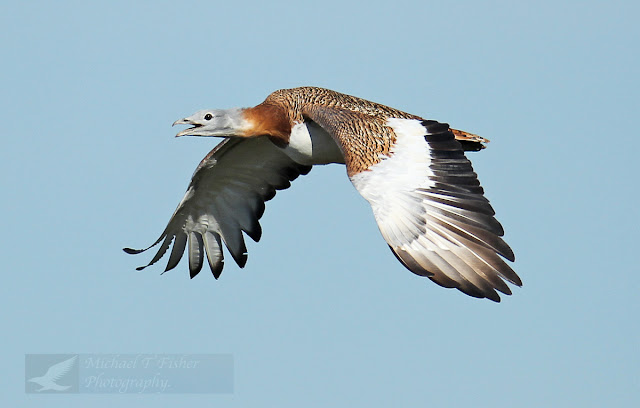It was January, and the Winter days were short. We had left Zaragoza later than planned, heading West towards Madrid, where we would turn South. As the road climbed higher and fresh falls of snow covered the hillsides, we decided to seek refuge for the night. The hilltop town of Medinaceli looked very picturesque with the setting Sun.
Medinaceli is home to Spain's only three-gated Roman arch, constructed in the 1st-3rd Centuries A.D.
With the setting sun and snow, it all looked quite charming, but there is a darker side to this hilltop town, that being the "Toro Jubilo", a festival that takes place here in November,
denouncing the occupation of Spain by the Moors.
A Bull is tied to a post, and a thick layer of mud is applied to its Head, Neck, and Back. Once this is completed, balls of tar are attached to the animal's Horns and set alight. Once the tar is burning, the Bull is set free in the enclosure. Some people then terrify the beast further by running at it with red flags and trying to prod it!
Thank goodness it's January.
On that Monday evening, the Plaza Mayor was quiet; only a snowman remained from the weekend's visitors.
The following day, in brilliant sunshine, we went south through the Alcarria Baja region of Guadalajara, passing around the Embalse de Entreprēnas on the Rio Tagus, which formed with the other accumulation of Embalses that make up the "sea of Castile."
Lunch at Sayatón and another of Spain's famous rivers, the Rio Tajo.
Great Bustard (Otis tarda)
After lunch, our road took us onto the great Plain of La Mancha in the Province of Ciudad Real. South of Lillo, heading for Alcázar de San Juan, is the La Mancha Húmeda, which has many semi-endorheic lagoons.
At one, the Laguna de Tirez, we chanced upon a flock of thirty Great Bustards that took to the air and crossed our path.
Far across the plain, the distant skyline is dotted with windmills above the towns of Consuegra and Alcázar de San Juan. These (above) are at Puerto Lapice, where we stopped for the night. The giant plain of La Mancha, famous for its wines, brandy, and Olives, stretches to the horizon and beyond.
Black Redstart (Gibraltariensis)
Our first bird of the day, this beautiful, if wet, Black Redstart, perched on the car park wall.
Hoopoe (Eurasian) Upupa epops
Also, this Hoopoe was digging for grubs in the car park and was damp from the fog again.
Greylag Goose (Anser anser)
Given the foggy conditions, even the Graylag Geese seemed unsure of what to do.
Once again, the controversial water levels here in Spain's smallest natural park seemed very low. The aquifers have had colossal water level problems for years, and farmers have been boring illegal wells. In 2009, Spain's secretary of state for water stated, "We are about to lose the Tablas de Daimiel." The European Union demanded an explanation of what was happening to this significant wetland, located midway between Africa and Northern Europe, which acts as an essential stopover for migrating birds and a vast breeding ground for many species.
Due to the deficient water levels, we decided to concentrate our time permanently on the Laguna. This is where the Rio Guadiana enters the Tablas, and the water level is more stable.
Marsh Harrier (Western) Circus aeruginosus
Later in the morning, as the fog started to lift, we had good views of three Marsh Harriers, two female and one male, out on a dead tree.
The male bird departs for the open fields.
Bearded reedling (Panurus biarmicus)
What we used to call Bearded Tits, but in fact, they are closely related to the Larks. It breeds colonially in the reed beds. The two males we photographed were busy eating the reed seeds.
Chiffchaff (Common) Phylloscopus collybita
Chiffchaffs are very busy in the reeds, looking for insects.
Leaving Daimiel, we stopped at the Pueblo of Luciana, close to the Rio Guadiana.
The next part of our journey would take us South to the Sierra de Andújar.
Kingfisher (Common) Alcedo atthis
A clear, frosty morning had greeted us. We had breakfast and walked along the river bank, where we found a Kingfisher warming in the weak Winter sun.
Later in the morning, we observe Black black-shouldered kites and a pair of distant subadult Spanish Imperial Eagles.
Our journey continues into Lynx territory.
Happy Days!




















No comments:
Post a Comment